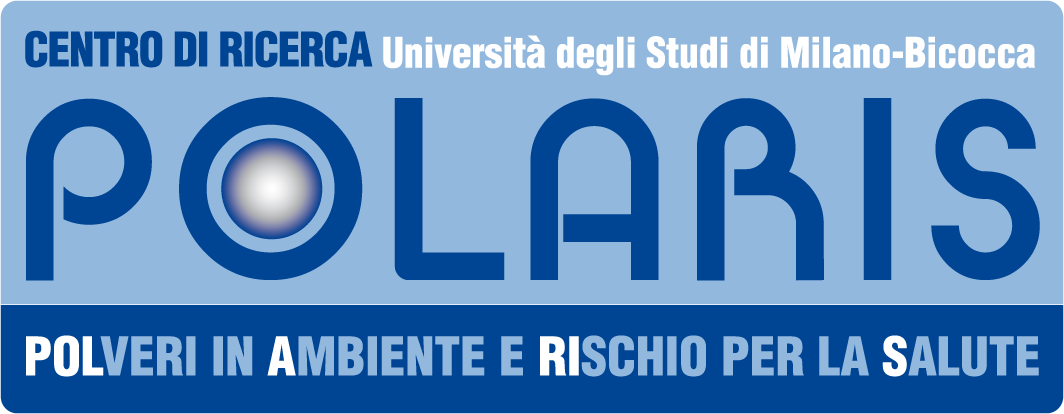Risk assessment of exposure to air particulate matter for the Local Police Officers in Milan (2007-2008)
Project Managers: Prof. Marina Camatini, Prof. Ezio Bolzacchini
Project Summary
The main objectives of the project can be summarized as follows:
• Chemical-physical speciation of fine particulate matter samples for the identification of chemical composition profiles (fingerprints) finalized to toxicological analysis.
• Determination of in-vitro toxicity of PM2.5 and PM1 as a whole or its components on human lung cell line A549 through the evaluation of cytotoxicity and of proteins of interest, as intermediate or vectors of carcinogenicity.
• Identification of relationships between the observed specific toxicological responses and the chemical and/or physical proprieties of the sampled PM.
• Data base on physical-chemical properties and toxicological characteristics of Milan fine PM
• Risk assessment of exposure to fine PM.
The research plan is organized in the here reported Phases:
• Acquisition and processing of all data of fine PM related to the territory of the Municipality of Milan.
• Bibliographic research on specific test for evaluation of toxicity, PM chemical and physical composition and risk assessment studies.
• Definition of the sampling sites in accordance with the commitment of the research.
• Collection of particulate samples on the field in representative sites (outdoor and indoor measurements) to be characterized with physical-chemical techniques
• Laboratory analysis for the physical-chemical characterization of compounds in the sampled PM and definition of the components of interest for the health impact.
• Analysis of cytotoxicity and genotoxicity of the identified components and assessment of the biochemical responses. Identification of the dose-response curves: definition of parameters of interest such as IC50.
• Realization of a database of the chemical/physical and toxicological composition of the collected PM.
• Individuation of the relationships between toxicity parameters and the chemical/ physical composition of the sampled material.
• Settlement of a relationship between physical-chemical data and biological data to assess the risk of exposure to PM.
• Collection of all data and information obtained from the study on fine PM for a final report.




